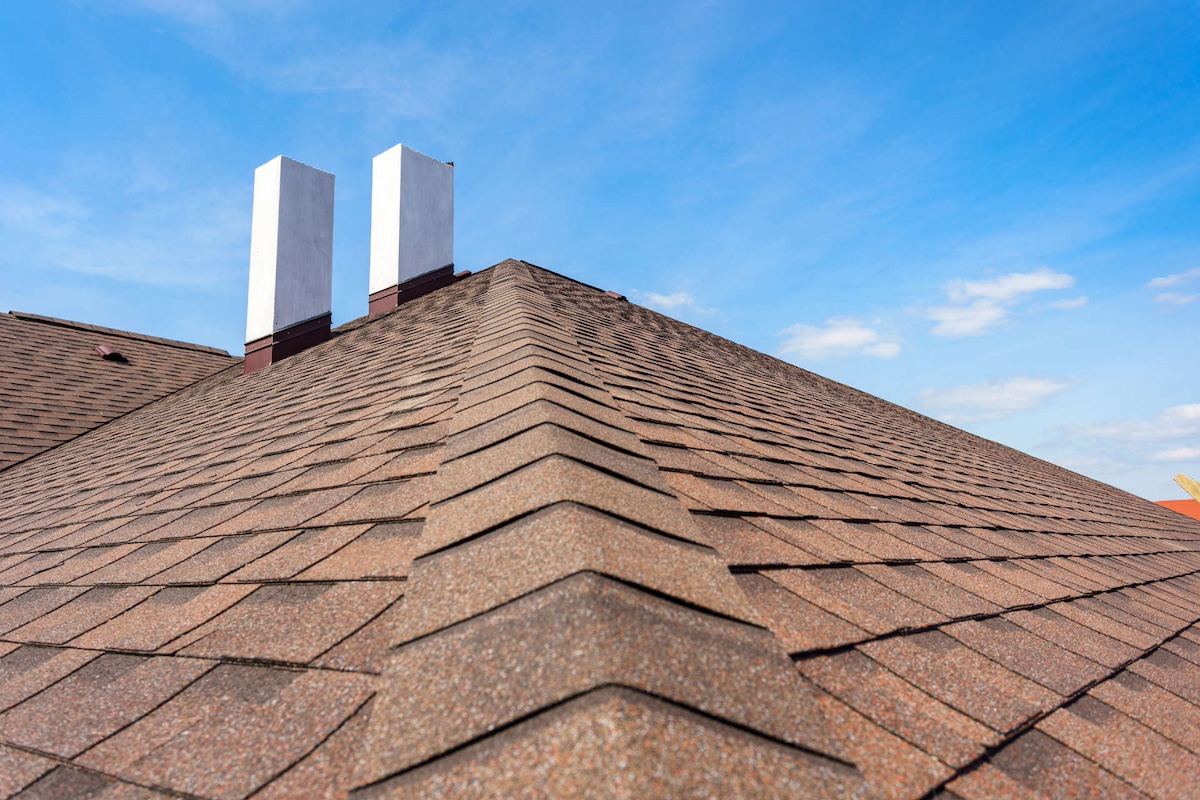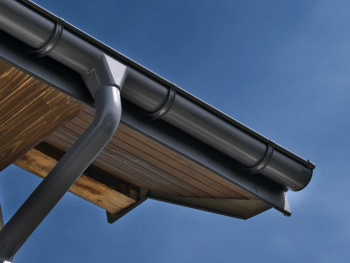When it comes to maintaining or replacing a roof, misinformation can lead to costly mistakes and missed opportunities. Despite its importance, roofing is often surrounded by myths that can confuse homeowners and property managers. In this comprehensive guide, we’ll debunk common roofing myths, provide accurate information, and help you make informed decisions about your roofing needs.
1. Myth: “You Don’t Need to Inspect Your Roof Until It’s Leaking”
The Truth:
- Preventative Maintenance: Waiting until you see visible signs of damage can lead to more significant issues down the road. Regular roof inspections can help identify potential problems early, allowing for timely repairs and preventing costly damage.
- Seasonal Inspections: Experts recommend having your roof inspected at least twice a year—typically in the spring and fall—and after major weather events. This proactive approach can extend the life of your roof and maintain its performance.
Benefits of Regular Inspections:
- Early Problem Detection: Identifies issues like missing shingles, damaged flashing, or clogged gutters before they escalate.
- Maintains Roof Health: Helps ensure your roof remains in good condition, enhancing its lifespan and effectiveness.
2. Myth: “All Roofing Materials Are the Same”
The Truth:
- Material Varieties: Roofing materials vary significantly in terms of durability, cost, energy efficiency, and aesthetic appeal. Common options include asphalt shingles, metal roofing, clay or concrete tiles, slate, and green roofing systems.
- Performance Differences: Different materials offer distinct advantages. For instance, metal roofing is highly durable and reflective, reducing cooling costs, while tile roofing provides excellent thermal mass and longevity.
Choosing the Right Material:
- Climate Suitability: Select materials suited to your local climate. For example, cool roofing materials are ideal for hot climates, while materials with high thermal mass are beneficial in areas with temperature fluctuations.
- Budget and Aesthetics: Consider both your budget and the aesthetic appeal of the material to ensure it complements your home’s design and meets your financial requirements.
3. Myth: “A New Roof Will Last Forever”
The Truth:
- Finite Lifespan: No roofing material is entirely impervious to wear and tear. Every roofing system has a finite lifespan, influenced by factors such as material quality, installation methods, and weather conditions.
- Maintenance Needs: Regular maintenance is crucial to extending the lifespan of your roof. Even the best materials will require periodic inspections and repairs to ensure they perform optimally.
Lifespan Expectations:
- Asphalt Shingles: Typically last 15 to 30 years.
- Metal Roofing: Can last 40 to 70 years with proper maintenance.
- Slate and Tile Roofing: Often last 50 to 100 years or more.
4. Myth: “Roofing Repairs Are Just a Quick Fix”
The Truth:
- Complex Repairs: Roofing repairs can be complex and require skilled workmanship. A quick fix might not address underlying issues or prevent future problems.
- Long-Term Solutions: For lasting results, repairs should be done properly and include addressing any underlying issues. Skimping on repairs can lead to more extensive damage and higher costs in the future.
Professional Repairs:
- Expert Assessment: A professional roofer can accurately assess the extent of damage and recommend the most effective repair solutions.
- Quality Workmanship: Ensures repairs are done correctly, extending the life of your roof and preventing future issues.
5. Myth: “Roofing Contractors Are All the Same”
The Truth:
- Variability in Quality: Roofing contractors can vary widely in terms of experience, expertise, and reliability. Choosing the right contractor is crucial for ensuring high-quality workmanship and a successful project.
- Due Diligence: Researching and vetting contractors is essential. Check for licensing, insurance, and references, and review their past work to ensure they have the necessary experience and reputation.
Selecting a Contractor:
- Credentials: Verify that the contractor is properly licensed and insured.
- Reviews and References: Read reviews and contact previous clients to gauge the contractor’s reliability and quality of work.
6. Myth: “You Can Install a New Roof Over the Old One”
The Truth:
- Code Restrictions: While some jurisdictions allow installing a new roof over an existing one, it’s generally not recommended due to potential issues with ventilation, weight, and material compatibility.
- Proper Installation: Removing the old roof ensures that any underlying problems are addressed and that the new roofing system is properly installed. This approach can prevent future issues and ensure better performance.
Benefits of Removing Old Roof:
- Proper Inspection: Allows for a thorough inspection of the roof deck and underlying structures.
- Improved Performance: Ensures that the new roof is installed on a clean, stable surface, enhancing its effectiveness and longevity.
7. Myth: “You Don’t Need to Worry About Roof Ventilation”
The Truth:
- Importance of Ventilation: Proper roof ventilation is critical for maintaining a healthy roofing system. It helps regulate temperature and moisture levels, preventing issues such as mold growth, ice dams, and premature aging of roofing materials.
- Ventilation Systems: Adequate ventilation involves both intake and exhaust systems to allow for proper airflow. Without proper ventilation, roofing materials can deteriorate faster and energy costs can increase.
Ventilation Benefits:
- Temperature Regulation: Helps prevent heat buildup in the attic, reducing cooling costs.
- Moisture Control: Prevents condensation and moisture buildup, reducing the risk of mold and structural damage.
8. Myth: “Roofing Work is Always Disruptive”
The Truth:
- Minimized Disruption: Modern roofing contractors use advanced techniques and equipment to minimize disruption to your daily life. While some noise and activity are inevitable, many contractors strive to complete projects efficiently and with minimal impact.
- Professional Practices: Experienced contractors will communicate with you throughout the project and take steps to protect your property and reduce inconvenience.
Managing Disruption:
- Planning Ahead: Discuss the project timeline and potential disruptions with your contractor in advance.
- Protection Measures: Ensure that the contractor uses protective measures to safeguard landscaping and personal property.
9. Myth: “Insurance Will Cover All Roofing Costs”
The Truth:
- Policy Limits: Insurance coverage for roofing repairs or replacements depends on your policy and the cause of the damage. Not all roofing issues may be covered, and there may be limitations or exclusions.
- Deductibles: Insurance policies typically include deductibles, which are the amount you must pay out-of-pocket before the insurance coverage kicks in.
Insurance Considerations:
- Review Policy: Carefully review your insurance policy to understand what is covered and any limitations or exclusions.
- Claims Process: Work with your insurance company and roofing contractor to ensure a smooth claims process and adequate coverage.
Debunking common roofing myths is essential for making informed decisions about your roofing needs. By understanding the truth behind these misconceptions, you can better manage your roofing projects, maintain your roof effectively, and avoid unnecessary costs. Whether you’re considering repairs, a replacement, or new installation, accurate information and professional advice are key to achieving the best results.




